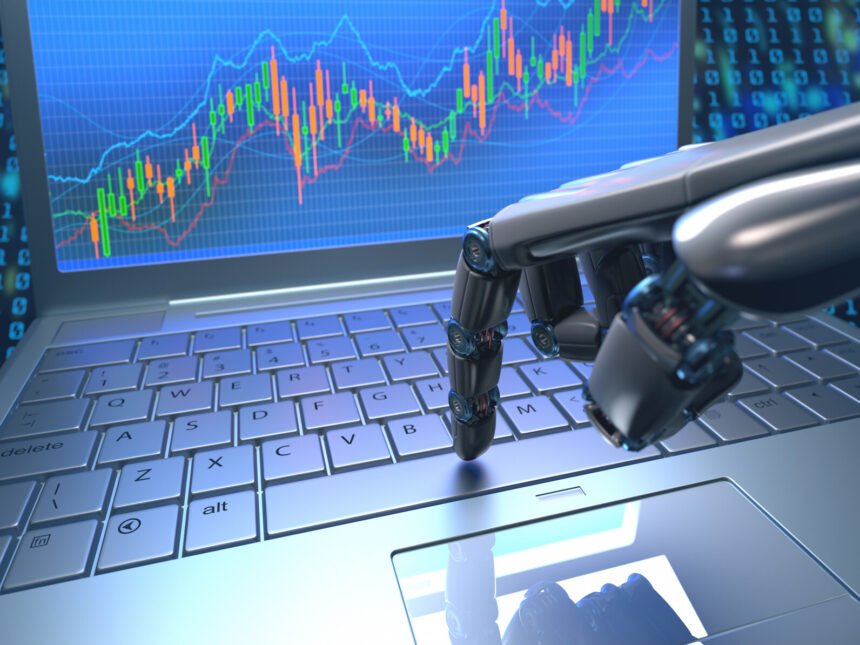In truth, automation has been a key part of the manufacturing and services sectors for years now, as technological concepts such as artificial intelligence (AI) have evolved and developed a greater range of capabilities.
Automation has historically targeted back-office administration and operational support, however, particularly in the financial services sector. The frenetic pace of innovation and advancement is now threatening strategic roles at the heart of financial trading, however, creating a scenario where automated and intuitive robots are making their mark at the front line of investment banking. It’s estimated that the financial services industry will lose around 230,000 jobs by 2025, with a growing number of these involved as the sharp-end of fiscal trading.
But are investors really at risk of being overtaken by AI? Below, we’ll consider this in further detail.
How Prominent is AI in the Current Financial Market?
In many ways, this represents a natural progression within the financial services sector. As AI has evolved and benefited from more complex algorithms, it stands to reason that investment banks should adapt these so that they can drive front-office processes more efficiently.
This is a concept that has been at the heart of the investment market for a while now, while it is certainly something that has empowered independent and part-time traders across the board. If you look at contemporary trading platforms such as Oanda, for example, there are numerous examples where automation is used to underpin more efficient trades and help investors to manage their associated risks.
Take stop losses, which are common trading features that allow investors to establish thresholds at which positions are automatically closed. So, by strategically setting a threshold that relates to the amount of capital that they hold, an investor can use automation to close positions when they begin to incur appropriate losses. This is the type of small detail that can have a cumulative impact on the efficiency of trades, particularly when they are combined with similar examples of automation.
In terms of advanced traders and aforementioned investment banks, it has become possible to turn precise entry, exit and money management concepts into fully automated trading systems. These allow for the accurate monitoring and execution of trades and minimise the need for human interaction. This is the innovation that is posing the biggest risk to established traders in regions such as Wall Street, as it’s becoming increasingly clear that such systems can not only replicate the role of humans but in some cases deliver superior results.
Can AI really replace human traders?
The adoption of automated trading systems has a clear benefit for investors and banks, as it removes the emotion from trading and therefore nullifies a human value that can counteract the efficiency of individual orders. This is a long-standing goal of investment banks across the globe (particularly in a volatile economy), so there is no doubt that AI has the potential to replace human traders as we currently know them.
This doesn’t means that the industry will no longer require humans, of course, but it may change the roles that they perform within the sector. More specifically, they may well adopt data-driven and tech-focused role within the sector, as they contribute to the development of trading algorithms and their widespread implementation.

